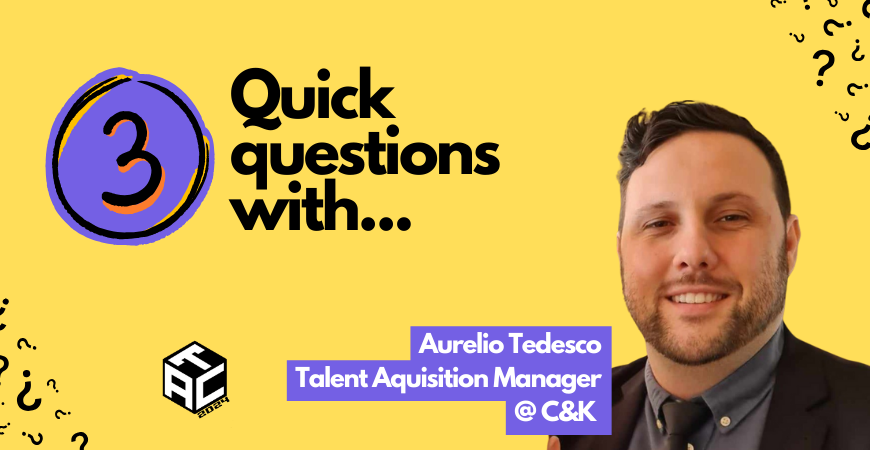The main reason most organisations review their Contingent Workforce Model is typically when there is a problem that must be addressed – usually compliance and visibility of the workforce.
Once this has been corrected, the model tends not to get enhanced. Even if they do, organisations usually only look at:
- Simplifying the supply chain (processes) and
- Reducing cost and risk.
Perhaps these are the most straightforward areas to target. They are certainly visible and tangible and by focusing on them, it can lead to positive demonstrable results.
However, even though this creates efficiency, it does not provide the organisation with a competitive advantage (such as agility, extra productivity or an understanding of the Contingent market to bid for projects) that can increase revenue opportunities. Nor does it help to optimise the workforce for them to increase their productivity levels.
In my opinion, there are other essential components most organisations are overlooking when looking to improve the current state of their Contingent Workforce management process.
For example, using an MSP or Recruitment Agency to position the organisation with a “Just-In-Time Workforce” by understanding the demand and supply for the skills and gaining access as required, thus leading to increased agility.
Another component that organisations should be looking at is engagement. How an organisation engages with its Contingent Workforce can make a huge impact in the way their workers perform. We are talking onboarding, performance management, L&D – all these could lead to improved outcomes when implemented correctly with an MSP or CMO.
Looking at these elements in combination with supply chain processes, cost & risk and compliance will help an organisation understand the current status of their Contingent Workforce model and determine where needs to be improved.
At the upcoming Contingent Workforce Workshop 2019, I will be going through these components in detail and sharing a framework that we can use to benchmark your Contingent Workforce program.
Join me and your peers as we work together to generate ideas on how you can take your program onto another level.
Cover image: Shutterstock
If you are an in-house Talent Acquisition professional or Procurement specialist who manages a Contingent Workforce, this 1-day workshop is for you. Log on to our website to register your interest and we will send you further details and a registration link!






























